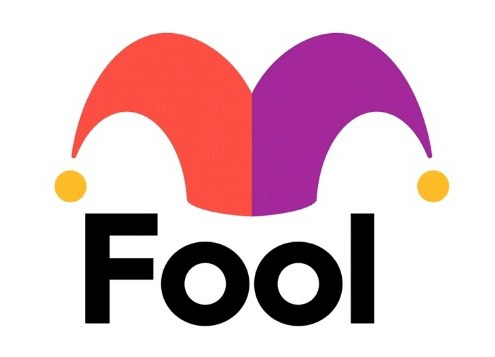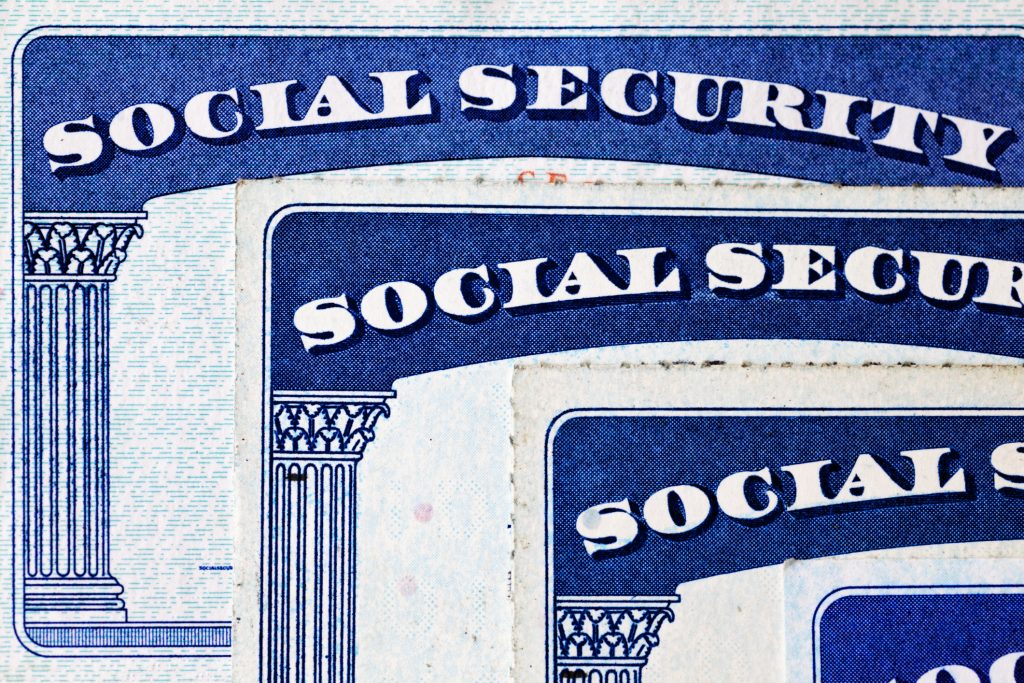For most Americans, Social Security provides indispensable monthly income they’d struggle to make do without. In each of the past 23 years, Gallup has surveyed retirees to gauge their reliance on Social Security and found that 80% to 90% of respondents need their monthly payout to cover at least some portion of their expenses.
Considering that Social Security income helps forge the financial foundation of countless retirees, it’s only fitting that the annual cost-of-living adjustment (COLA) reveal during the second week of October is the most-anticipated of all announcements.
Where to invest $1,000 right now? Our analyst team just revealed what they believe are the 10 best stocks to buy right now. Learn More »
But Social Security’s 2026 COLA has a unique twist this year: It’s likely to be impacted by President Donald Trump’s tariff policy.

President Trump addressing reporters. Image source: Official White House Photo by Shealah Craighead, courtesy of the National Archives.
What, exactly, is Social Security’s COLA, and how is it calculated?
This all-important “COLA” you’re always hearing about is the tool the Social Security Administration has at its disposal to keep benefits aligned with changes in the cost for goods and services.
For example, if the collective price for a large basket of goods and services increases by 3% from one year to the next, Social Security benefits would need to rise by the same percentage to ensure that retirees don’t lose purchasing power. Social Security’s COLA is the “raise” that attempts to mirror these price changes.
Before 1975, there was no set COLA formula. From 1940 through 1974, special sessions of Congress were responsible for doling out benefit increases, with only 11 in total being passed along during this 35-year period.
But over the last 50 years, the Consumer Price Index for Urban Wage Earners and Clerical Workers (CPI-W) has served as the annual inflationary tether for Social Security. The CPI-W has north of 200 spending categories, all of which have their own unique percentage weightings. It’s these weightings that allow the CPI-W to be chiseled down to a single figure each month, which makes for easy month-over-month and year-over-year comparisons to determine if prices are, collectively, rising (inflation) or falling (deflation).
Interestingly, only the CPI-W readings from the third quarter (July through September) are used to calculate Social Security’s COLA. If the average CPI-W reading in the third quarter is higher than during the comparable period of the previous year, inflation has occurred and beneficiaries are due a raise for the upcoming year.
Most economists and think tanks expect Trump’s tariff policy will increase the prevailing rate of inflation. US Inflation Rate data by YCharts.
Trump’s tariff policy comes with unintended consequences for Social Security checks
On April 2, President Trump unveiled his much-anticipated “Liberation Day” tariff policy, which introduced a sweeping 10% global tariff, as well as higher “reciprocal tariff” rates on countries that have historically run negative trade balances with the U.S.
Trump’s stated goal with these added taxes on goods being imported into the country is to protect American jobs and bring manufacturing back to the U.S. The thinking is that if American-made goods are more price-competitive with overseas imports, consumers will choose to purchase U.S. goods more often.
But things aren’t always as cut-and-dried as they appear.
One of the most-overlooked aspects of Trump’s tariff approach is its lack of differentiation between output and input tariffs. An output tariff is an added tax placed on a finished product being imported into the country. Meanwhile, an input tariff is a tax placed on a good that’s used to complete production of a product in the U.S.
Input tariffs can make American-made goods more expensive and, ultimately, increase the prevailing rate of inflation. Since the CPI-W is an inflation-based index, Trump’s tariff policies might increase Social Security’s 2026 cost-of-living adjustment.
According to The Budget Lab, a nonpartisan policy research center at Yale University, Trump’s tariffs are expected to increase prices by 2.3% in the short run. Meanwhile, accounting firm Ernst & Young’s Chief Economist, Gregory Daco, is looking for a more modest 1-percentagepoint increase in consumer prices by the end of this year due to tariffs.
However, a bigger Social Security check isn’t necessarily better for beneficiaries. Throughout much of this century, the costs that matter most to retirees, such as shelter and medical care services, have been rising at a faster clip than Social Security’s annual COLAs. Even with a potentially higher raise in 2026, there’s still a very good probability seniors will see their Social Security income lose buying power.

Image source: Getty Images.
There’s also a Trump tariff worse-case scenario…
Unfortunately, Trump’s tariff pendulum has the potential to swing in both directions. While most economists and think tanks expect a modest increase in the prevailing rate of inflation, a worse-case scenario exists where the president’s tariff policy pushes the U.S. economy into a recession.
Based on an April 3 update from the Federal Reserve Bank of Atlanta’s GDPNow model, the U.S. economy is expected to contract by 2.8% in the first quarter. Excluding the COVID-19 pandemic quarters, this would represent the steepest organic contraction in the U.S. economy since the Great Recession (first quarter of 2009).
When the U.S. economy falls into recession, it’s not uncommon for businesses to lose some of their pricing power. In other words, it’s a recipe for deflation. Though falling prices might sound great on the surface after a period of above-average inflation, it comes with bad news for Social Security’s cost-of-living adjustment.
While Social Security checks can never decline on a year-over-year basis due to deflation, they can remain static from one year to the next. In 2010, 2011, and 2016, beneficiaries received no COLA due to deflation during the third quarter in 2009, 2010, and 2015, respectively. A 0% COLA scenario definitely wouldn’t help the persistent loss of purchasing power retirees have been contending with for decades.
Although it’s unclear which scenario will play out — higher inflation or a recession that leads to deflation or something else — it seems highly likely that Trump’s tariff policy, if left in place for a reasonable amount of time, will have unintended consequences on Social Security’s 2026 COLA.
The $22,924 Social Security bonus most retirees completely overlook
If you’re like most Americans, you’re a few years (or more) behind on your retirement savings. But a handful of little-known “Social Security secrets” could help ensure a boost in your retirement income.
One easy trick could pay you as much as $22,924 more… each year! Once you learn how to maximize your Social Security benefits, we think you could retire confidently with the peace of mind we’re all after. Join Stock Advisor to learn more about these strategies.
View the “Social Security secrets” »
The Motley Fool has a disclosure policy.
 benzinga.com
benzinga.com fool.com
fool.com




